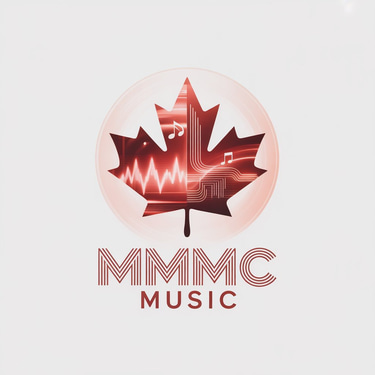The Rise of AI Mush
A Cautionary Tale for Creators in the Age of AI Content
EDITORIAL & OPINIONS
1/1/20253 min read


In the ever-evolving world of social media, a new phenomenon has emerged: AI mush. No, it’s not the latest food trend or a quirky TikTok dance. The term refers to the flood of low-quality, AI-generated content saturating our feeds—bizarre images, nonsensical captions, and often, a whole lot of confusion. From Shrimp Jesus memes to impossibly perfect birthday cakes supposedly baked by toddlers, AI mush has officially taken center stage in our scrolling habits.
What Exactly is AI Mush?
AI mush describes AI-generated content that is low-quality, visually jarring, and often completely nonsensical. Tools like DALL-E and Midjourney are commonly used to create these images, and while the technology behind them is undeniably impressive, the results often lean towards the surreal. Think: Elon Musk riding a UFO or giant fruit sculptures that defy the laws of physics.
Social media platforms like Facebook, TikTok, and Instagram are inundated with these bizarre visuals, often accompanied by captions in broken English or overly emotional pleas. Accounts like flight_area_zone on TikTok have shared AI-generated war footage, tricking viewers into believing they were witnessing real events.
The sheer virality of these posts isn’t an accident—it’s often driven by algorithms favoring high-engagement content, regardless of its authenticity or quality.
Creators Beware: Financial Incentives and the Temptation of AI Mush
Behind much of the AI mush phenomenon lies one undeniable truth: there’s money to be made. Scammers have quickly realized that AI-generated content can drive clicks, shares, and, ultimately, revenue. Research shows that participants invested 22% more in AI-enhanced scams compared to traditional scams. Why? Because AI tools have an uncanny ability to make fake content look just real enough to pass as believable.
But it’s not just scammers. Even legitimate creators are falling into the AI mush trap. The appeal is obvious—AI tools can churn out content in seconds, and the possibility of going viral with minimal effort is enticing. But the cost? The erosion of trust, credibility, and the creator’s personal brand.
The Responsibility of Creators: Quality Over Quantity
For creators, the lesson is clear: don’t let AI do all the talking. Tools like DALL-E, Midjourney, and Canva are powerful, but they are just that—tools. They’re meant to enhance creativity, not replace it. If your content lacks purpose, originality, and authenticity, it risks being lumped into the growing pile of AI mush flooding social media feeds.
Audiences are becoming more discerning. They can tell when content feels lazy or overly automated. As AI tools become more accessible, the real differentiator will be creators who know how to use AI thoughtfully rather than relying on it entirely.
The Platforms’ Role and the Creator's Choice
Social media giants are aware of the AI mush issue, but managing it is proving to be a herculean task. Facebook, for example, has implemented labeling systems to mark AI-generated posts. However, these labels are inconsistent, and their effectiveness remains questionable.
Mark Zuckerberg himself has hinted at a future where AI-generated content will become a more significant part of our feeds, suggesting that platforms may not only tolerate but actively encourage the creation and sharing of AI content.
For creators, this means an important choice: will you contribute to the noise, or will you rise above it? Will your content add value, inspire, or educate—or will it simply blend into the mush?
Building a Sustainable Future for AI-Driven Creativity
The future of AI-generated content isn’t inherently bleak. AI tools have the potential to revolutionize creativity, streamline workflows, and unlock new forms of storytelling. But they must be used with intention.
Creators must focus on crafting meaningful narratives, adding human touches, and prioritizing quality over viral potential. AI can assist in creation, but it cannot replace the unique perspective, emotion, and thoughtfulness that only a human creator can bring.
Final Thoughts: Choose to Stand Out
While AI mush might seem like a passing trend, it’s emblematic of a broader issue: the unintended consequences of algorithm-driven content distribution. Whether you find Shrimp Jesus hilarious or infuriating, one thing’s for sure—AI-generated content isn’t going away anytime soon.
Creators, the choice is yours. Will you let your voice get lost in the mush, or will you rise above the noise to create something meaningful, engaging, and—most importantly—authentic?
